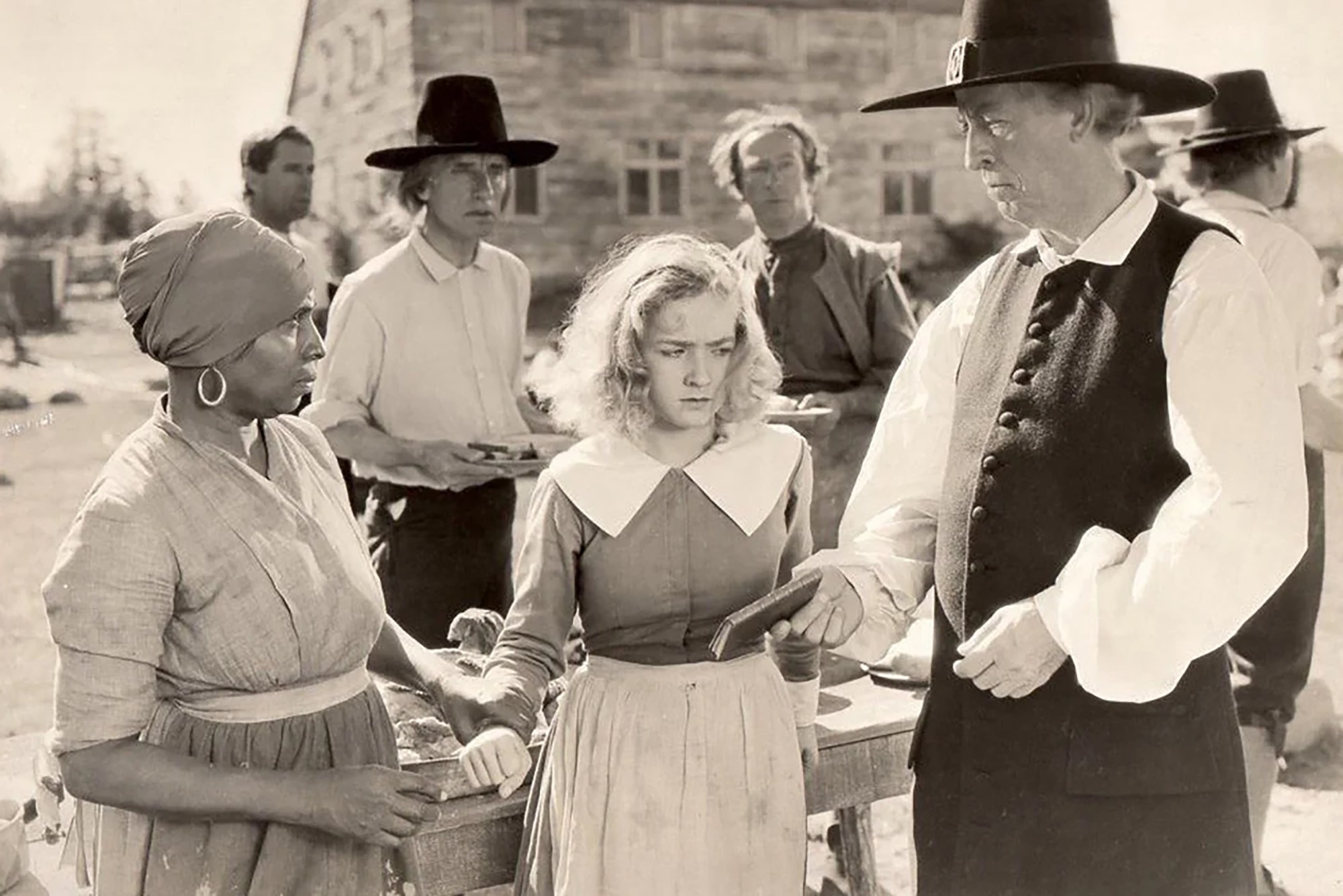
- Industry
Madame Sul-Te-Wan, Trail-Blazer, First Black Female Contract Player in Hollywood
The Valhalla Memorial Park Cemetery, across the street from the Burbank Airport broke ground exactly one hundred years ago. It is the final resting place of many well-known people, including Amelia Earhart and Oliver Hardy.
But the name of a woman who appeared in 54 Hollywood films and TV shows is not among them. Her small, weathered, hard-to-find name plate reads “MADAME SUL-TE-WAN, NELLIE CRAWFORD CONLEY, CELEBRATED TRAIL-BLAZER & ACTRESS, DEVOTED MOTHER & GRANDMOTHER, 1873 LOUISVILLE, KY 1959”.
The woman who is buried here would not be surprised about this obvious lack of attention. In 40 of her 54 performances, she remained uncredited. But any Black History regarding Hollywood without prominently featuring her would be unjustifiably incomplete.
Who was this mysterious “Madame Sul-Te-Wan”?
She was born Nellie Crawford on May 7, 1873, in Louisville, KY. Both her parents grew up as slaves. Her father, Silas Crawford, left the family early in her life. Her mother, Cleon De Londa, supported the family as a laundress for stage actresses in their hometown.
Sometimes she took young Nellie to work. Watching the actresses rehearsing in their beautiful robes must have been a fairy tale world for Nellie, must have sparked a passionate desire to become one of those mysterious ladies in the limelight.
One can assume, she was not too shy to show her exuberance. Some of those actresses encouraged her to audition for a dance contest. She won and it marked the beginning of an unlikely stage career. In Cincinnati, she joined the theatre group “Three Black Cloaks” and changed her name for the first time, touring the East Coast with her own dance group “Black Four Hundred” as “Creole Nell”.
She got married to Robert Conley and moved to California in 1910, but, just as her father before, her husband abruptly left the family. Which was especially devastating, since, just three weeks earlier, Nellie had given birth to the youngest of their three boys. And she was left without any money.
A rescue of sorts was her (uncredited) role in D.W. Griffith’s 1915 drama Birth of a Nation, known as a cinematic masterpiece and, according to Ed Rampell in the Washington Post, “the most racist movie ever made”. Of course, she did not get a major role – those were taken by white actors in blackface.
How she got the role is blurred in the fog of history. Was it, as reported, her flamboyant dress and glittering earrings that caught Griffith’s eye? Was it a letter she wrote him after learning that he was filming in her former Kentucky neighborhood?
One version seems to be undisputed: Griffith had planned to play a landowner in his film who spits in the face of a black woman. The censors blocked the scene, but Griffith signed a contract with her, paying her $3 per day.
Madame Sul-Te-Wan, as she was known by then, became the first black woman signed as a contract player in Hollywood’s history.
In 1931, in her role as “Voodoo Sue” in Heaven on Earth she was first listed among the cast as Madame Sul-Te-Wan. Nobody today can claim to know when and why she used this name. Was it a clever move to make herself more mysterious? Or was the Asiatic-Native American-sounding stage naming an attempt to get roles playing diverse ethnicities?
Charlene Regester, a historian of black cinema, assumed that all the above was probably true. Her chosen name might have been an allusion to a mixed racial background – she hinted her father was a Hindu minister – and a clever marketing strategy to enhance her career.
After Birth of a Nation, Griffith hired her again for Intolerance in 1916, again in a minor role. She played a slave at a wedding in Uncle Tom’s Cabin (1927) and a native handmaiden in the original King Kong in 1933. A year later she appeared as a cook in Imitation of Life. In 1941, she played a church harmonium in Sullivan’s Travels. And in 1954 she performed in another classic, Carmen Jones, as Carmen’s grandmother opposite Dorothy Dandridge, Harry Belafonte, Diahann Carroll and Pearl Baily. Again, as in so many films before, her role was uncredited.
Her final role came in an early TV project: Tarzan and the Trappers was meant to be a pilot for a three-part-series. Madame Sul-Te-Wan was hired to play a witch.
By now, she was 85 years old, but still a real trooper, ready to leave her room in the Motion Picture Actors’ Home in Woodland Hills whenever her call was scheduled. A woman who could look back to half a century of film work, half a century of determination, passion and endurance against all odds. In doing so, Madame Sul-Te-Wan truly represents half a century of Black History in Hollywood.
27 years after her heart stopped on February 1, 1959, she was inducted into the Black Filmmakers Hall of Fame.